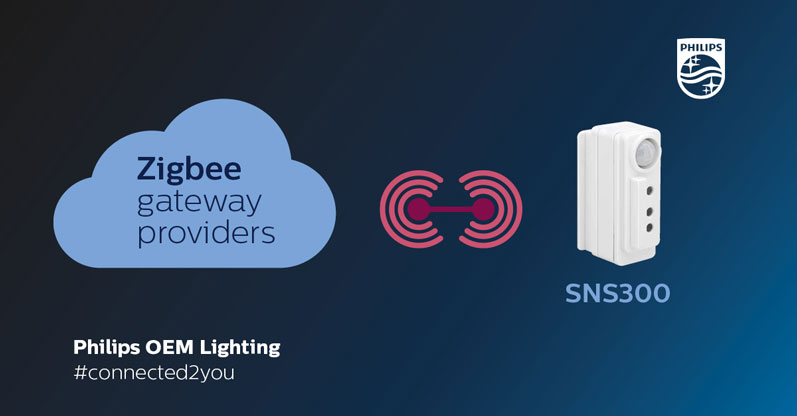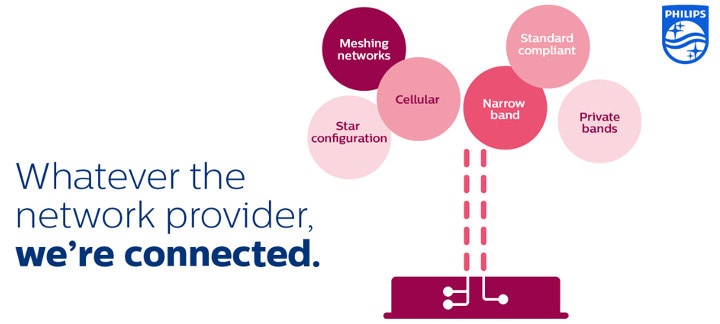Have you ever wandered through a city at night and noticed entire office floors where the lights are burning brightly, but there’s no one there? Or been inside a building during the day and wondered why every single light is on, yet the space is filled with sunlight? It’s not a small problem. Wasted energy is hugely expensive for homes, businesses, governments, and the planet. And yet the solution is remarkably simple.
A sensor of improvement
Using sensors and switches to manage lighting control is not new. The energy savings this creates are already enforced through building codes and incentivised through government or utility company rebates.
What is new is that Signify has made the entire process simpler and more convenient by integrating sensors right into lighting fixtures. Both lighting and sensors are installed in one go, reducing time and costs. More importantly, this enables the sensor to measure lighting in the precise area illuminated by that fixture, providing far more granular wireless control over individual luminaires and groups.

How is it possible to drive lights wirelessly?
Lighting is the easy part. Wireless controls, however, need to be sophisticated. Picture these scenarios. You want to make a manual override to the lighting. Or you want a group of lights to perform the same function, independent of what the fixture detects – for example, occupancy in a conference room. To do this you have to be able to link fixtures through a wireless network that enables them to share occupancy data to a gateway or to each of the lights in a group. It’s these requirements that have driven the development of the Zigbee standard that now enables the flexibility and energy efficiency we need. The other part of the equation, detecting occupancy and daylight, is achieved using, for example, Philips EasySense. Working together, these technologies create the perfect platform for improvement. Energy savings are just the beginning. With sensors in the lights, you can also start to look ahead at how connected Internet of Things could work together with lighting to deliver all kinds of opportunities.


Global Product Manager
Signify

In a connected world, what happens to lighting?
Digital connectivity is changing the world around us. Take the television. Only a few years ago, complex rating systems determined which shows were popular with which audiences.

Using light to manage space
Connected LED lighting is an obvious way to meet sustainability compliance and the investment pays for itself.

How luminaires can work smarter for all
While it’s useful to match lighting to different personal preferences, it’s even more useful to understand how and what different settings can create.